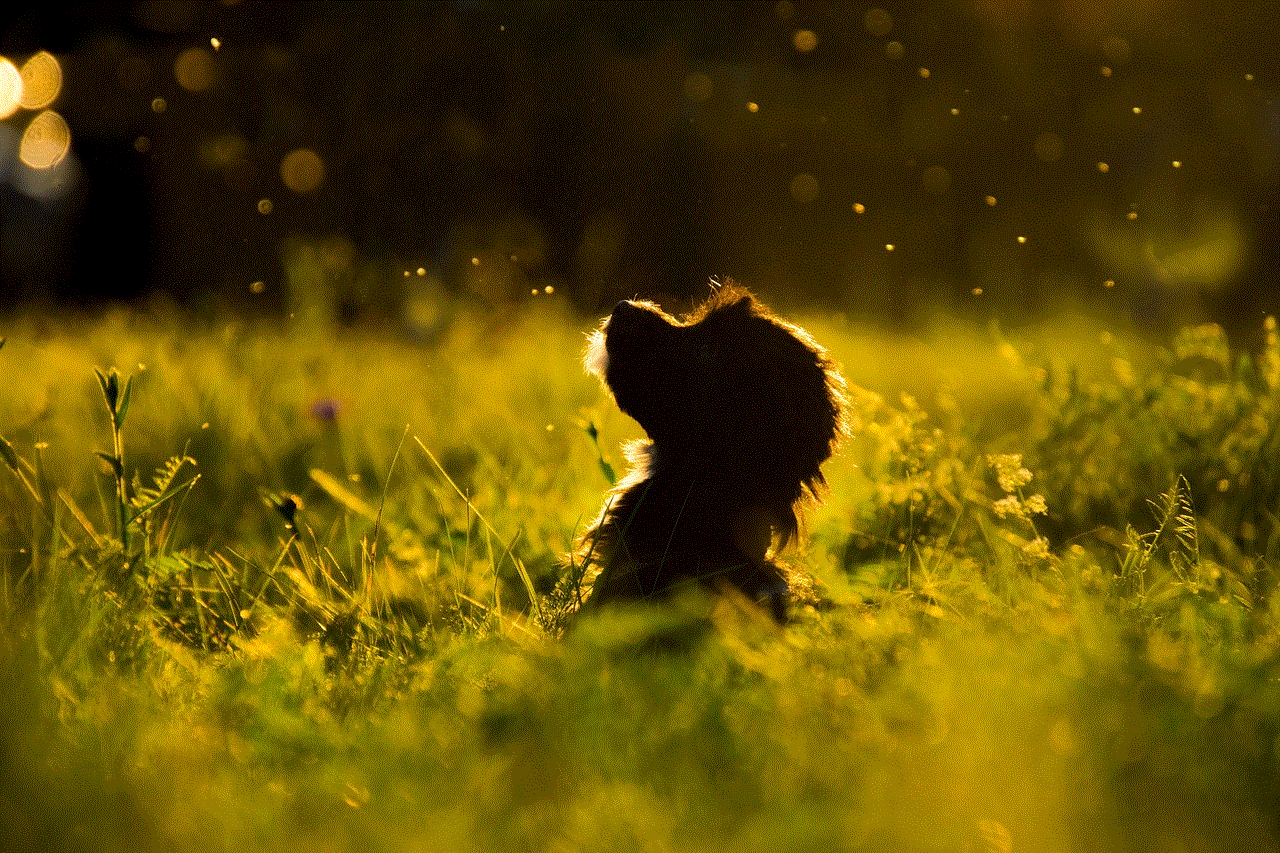12 year old girl nudes
In the digital age, it is not uncommon for young girls to be exposed to explicit content online. With the rise of social media and the ease of access to the internet, it has become easier for children to come across inappropriate material. One concerning issue that has been brought to light is the distribution and consumption of 12-year-old girl nudes.
The term “nudes” refers to explicit or revealing images of an individual, often taken without their consent. It is a form of cyberbullying and can have serious consequences for the victim, both emotionally and legally. In this article, we will explore the dark reality of 12-year-old girl nudes and what can be done to protect our children from this harmful trend.
The first question that may come to mind is, why would a 12-year-old girl take or share nude photos? The answer is multifaceted. Some girls may feel pressured by their peers to send these images in order to fit in or be accepted. They may also be seeking attention or validation from others. In some cases, girls may not fully understand the consequences of their actions and the potential harm it can cause.
One of the main issues with 12-year-old girl nudes is the violation of privacy. These images are often shared without the consent of the individual, leaving them feeling vulnerable and exposed. In addition, once these images are online, they can be easily shared and accessed by anyone, including predators and pedophiles. This puts these young girls at risk of being targeted and exploited.
Moreover, the distribution of 12-year-old girl nudes can have a lasting impact on the victim’s mental health. Being exposed to such explicit content at a young age can lead to feelings of shame, guilt, and low self-esteem. It can also result in anxiety, depression, and even suicidal thoughts. The emotional toll of this experience can be devastating and may require professional help to overcome.
Another disturbing aspect of this issue is the role of social media in its proliferation. Platforms like Snapchat , Instagram , and TikTok have made it easier for individuals to share explicit content without fear of consequences. These apps have features that allow messages and images to disappear after a certain amount of time, making it difficult for parents and authorities to track down the source of the images.
Furthermore, the age of consent laws add another layer of complexity to this issue. In some countries, the age of consent is as low as 12 years old, leading some individuals to believe that it is acceptable to engage in sexual activities at this age. This misconception can lead to the production and distribution of 12-year-old girl nudes, with the perpetrators believing they are not doing anything wrong.
So, what can be done to address this concerning trend? The responsibility falls on various parties – parents, educators, and the law. Firstly, parents should have open and honest conversations with their children about the dangers of sharing explicit content and the importance of privacy. They should also monitor their children’s online activities and have access to their social media accounts.
Educators also play a crucial role in preventing the distribution of 12-year-old girl nudes. Schools should have comprehensive programs that educate students about the dangers of sharing explicit content and the legal consequences of their actions. These programs should also include discussions on consent and healthy relationships.
In terms of legal action, authorities should take a proactive approach in monitoring and investigating cases involving the distribution of 12-year-old girl nudes. Perpetrators should be held accountable for their actions and face appropriate consequences. This sends a strong message that this behavior will not be tolerated.
Furthermore, social media platforms need to take responsibility for their role in the distribution of explicit content. They should have stricter policies in place for monitoring and removing inappropriate content, as well as implementing measures to prevent the sharing of explicit images.
In addition to prevention and intervention, it is also important to provide support for the victims of 12-year-old girl nudes. This can include counseling services and support groups to help them cope with the emotional trauma they may have experienced. It is important for them to know that they are not alone and that there are resources available to help them heal.
In conclusion, the distribution of 12-year-old girl nudes is a disturbing trend that has serious consequences for both the victims and the perpetrators. It is a violation of privacy, can have lasting emotional effects, and puts young girls at risk of exploitation. It is the responsibility of parents, educators, authorities, and social media platforms to work together to prevent and address this issue. It is also crucial to provide support for the victims and educate young girls about the dangers of sharing explicit content. Only then can we hope to put an end to this harmful trend and create a safer online environment for our children.
squid game rating parents guide
The South Korean Netflix series, “Squid Game,” has taken the world by storm, becoming one of the most talked-about and popular shows of 2021. The intense survival drama has captivated audiences with its unique concept, gripping storyline, and thought-provoking themes. However, with its dark and violent nature, many parents are wondering if it’s suitable for their children to watch. In this article, we will delve into the world of “Squid Game” and provide a comprehensive guide for parents on its rating and suitability for young viewers.
Before we dive into the details, let’s first understand what “Squid Game” is all about. The series follows the story of 456 financially struggling individuals who are invited to participate in a mysterious survival game with a grand prize of 45.6 billion won (approximately $38 million). However, as the game progresses, the players soon realize that winning comes at a deadly cost, and they must fight for their lives in a series of twisted and brutal challenges.
With its gruesome and violent premise, it’s no surprise that “Squid Game” has been given a TV-MA rating, indicating that it’s suitable for mature audiences only. The show’s creator, Hwang Dong-hyuk, has explained that he wanted to depict the harsh reality of life and the lengths people would go to for survival, regardless of the consequences. While the show’s rating is a clear indication of its mature content, let’s break it down further and explore the specific aspects of “Squid Game” that may be concerning for parents.
Violence:
One of the main reasons why “Squid Game” has received its TV-MA rating is due to its graphic violence. The show features intense and bloody scenes that may be disturbing for some viewers, especially younger audiences. The challenges in the game are designed to be life-threatening, and the consequences of losing are shown in a brutal and realistic manner. The violence is not only limited to the games but also extends to the relationships between the characters, as they turn on each other to survive. It’s important for parents to note that the violence in “Squid Game” is not just physical but also emotional, with scenes of psychological manipulation and abuse.
Language:
Aside from violence, “Squid Game” also contains strong language, including profanity, vulgarities, and sexual references. The characters are under immense pressure, and their language reflects their desperation and frustration. While some of the dialogue may be in Korean, the show’s English subtitles accurately translate the language, making it accessible to a wider audience. Parents should be aware that this may not be suitable for younger viewers who may be sensitive to strong language.
Sexual Content:



Another aspect of “Squid Game” that may be concerning for parents is its sexual content. While there are no explicit sex scenes, there are references to sexual acts and nudity. The show also explores themes of prostitution and sexual exploitation. These scenes may not be appropriate for younger viewers and may require a mature understanding to comprehend their significance in the storyline.
Drug and Alcohol Use:
The use of drugs and alcohol is also prevalent in “Squid Game,” as some characters turn to substances to cope with the stress and pressure of the game. The show depicts drug use and addiction in a realistic manner, which may be disturbing for some viewers. Parents should also be aware of scenes that show characters under the influence of alcohol, which may not be suitable for younger audiences.
Gore:
As mentioned earlier, “Squid Game” contains graphic violence, and with that comes scenes of gore and bodily harm. The challenges in the game are designed to be dangerous and life-threatening, resulting in injuries and deaths. The show does not shy away from showing the consequences of these challenges, and viewers will witness characters being shot, stabbed, and even burned alive. The realistic depiction of these scenes may be unsettling for some viewers, and parents should consider this before allowing their children to watch the show.
Themes:
While “Squid Game” may be a violent and disturbing show, it also explores essential themes that are relevant to our society. The show tackles issues of income inequality, poverty, and the exploitation of the working class. It also delves into the dark side of human nature and the extent people are willing to go for money and power. “Squid Game” is a commentary on the harsh realities of life and the consequences of greed and desperation. While these themes may be heavy for younger viewers, they can also spark important discussions within families about these societal issues.
Parental Guidance:
As with any form of media, it’s ultimately up to the parents to decide what is suitable for their children to watch. While “Squid Game” may not be appropriate for younger viewers, it can be an excellent opportunity for parents to discuss mature themes and issues with their older children. It’s essential for parents to be aware of the show’s content and to watch it beforehand to make an informed decision. They can also watch it together with their children and have open discussions about the show’s violence and themes.
Alternatives:
For parents who feel that “Squid Game” is not suitable for their children, there are plenty of alternatives that offer similar themes and entertainment value. Shows like “The Hunger Games” and “Battle Royale” also explore the concept of survival games, but with a PG-13 rating. These may be more suitable for younger audiences while still providing thought-provoking themes and entertainment.



In conclusion, “Squid Game” is not a show for young viewers, and its TV-MA rating is justified. The show contains graphic violence, strong language, sexual content, and themes that may be too mature for younger audiences. However, for older viewers, “Squid Game” offers a gripping and thought-provoking storyline that explores essential themes and issues. It’s essential for parents to understand the show’s content and to make an informed decision before allowing their children to watch it. Ultimately, it’s up to the parents to decide what is suitable for their children and to have open discussions about mature themes and issues portrayed in the media.
its about drive it’s about power with emojis
Emojis have become an integral part of our daily communication. These small digital icons are used to express emotions, sentiments, and ideas in a fun and creative way. From text messages to social media posts, emojis have taken over the internet and have become a universal language that transcends borders and cultures.
But have you ever thought about the deeper meaning behind these tiny symbols? One particular phrase that has gained popularity in recent years is “it’s about drive, it’s about power” with emojis. This phrase, along with a specific combination of emojis, has sparked curiosity and discussion among netizens. In this article, we will explore the origins, interpretations, and impact of this intriguing keyword.
To understand the significance of “it’s about drive, it’s about power” with emojis, we first need to break it down into its individual components. The phrase itself is a line from a song called “Level Up” by American rapper and songwriter Ciara. The song was released in 2018 and became an instant hit, with the music video garnering over 280 million views on YouTube.
The line “it’s about drive, it’s about power” is a powerful mantra that encourages listeners to push themselves and reach their full potential. It speaks of determination, ambition, and the will to succeed. But what makes this phrase even more intriguing is its pairing with emojis. The combination of a red car 🚗, a flexed bicep 💪, and a lightning bolt ⚡ has become synonymous with the phrase and has sparked numerous interpretations and discussions.
One interpretation of this combination is that it represents the journey towards success. The car symbolizes the drive to move forward, the bicep represents the strength and determination required to achieve goals, and the lightning bolt symbolizes the power and energy needed to reach the finish line. This interpretation is in line with the message of the song and has resonated with many individuals striving for success in their personal and professional lives.
Another interpretation of this combination is that it represents the concept of “hustle culture.” In today’s fast-paced world, the idea of constantly working towards success and always being on the go has become glorified. The car can be seen as a symbol of this hustle culture, with the bicep and lightning bolt representing the physical and mental stamina required to keep up with it. This interpretation has sparked debates about the toxic nature of hustle culture and the importance of work-life balance.
But beyond these interpretations, the use of emojis in this phrase has also sparked discussions about the evolution of language and communication in the digital age. Emojis, which were initially used as a form of emotional expression, have now become a way to convey complex ideas and concepts. The combination of emojis in “it’s about drive, it’s about power” has a deeper meaning that goes beyond its individual components. This showcases the creativity and flexibility of emojis as a form of communication.
The use of emojis in this phrase has also brought attention to the power of visual communication. In a world where attention spans are decreasing, visual communication has become more important than ever. Emojis, with their eye-catching and relatable nature, have become a key tool in capturing and retaining the attention of audiences. This has led to the rise of emoji marketing, where brands use emojis in their campaigns to connect with their target audience and make their messages more memorable.
Moreover, the popularity of “it’s about drive, it’s about power” with emojis has also highlighted the influence of social media in shaping popular culture. The phrase, which originated from a song, has now taken on a life of its own on social media platforms like Twitter , Instagram, and TikTok. The combination of emojis has become a trend, with individuals using it in their posts to show their determination and motivation. This has created a sense of community and belonging among individuals who relate to the message of the phrase.
But like any popular trend, “it’s about drive, it’s about power” with emojis has also faced criticism and backlash. Some have argued that the phrase promotes a toxic “hustle culture” and puts pressure on individuals to constantly strive for success, often at the expense of their mental and physical well-being. Others have pointed out that the use of emojis in this phrase reduces its impact and undermines the seriousness of its message.



In response to the criticism, some have defended the phrase, stating that it is a personal mantra that motivates them to work towards their goals. They argue that the phrase should not be taken literally and that individuals should instead focus on its underlying message of determination and hard work. This debate has brought attention to the power of words and how they can be interpreted differently by individuals based on their personal experiences and beliefs.
In conclusion, “it’s about drive, it’s about power” with emojis is much more than just a trendy phrase. It represents the journey towards success, the concept of hustle culture, the evolution of language and communication, the power of visual communication, and the influence of social media on popular culture. Whether you interpret it literally or use it as a personal mantra, one thing is for sure – it has sparked discussions and brought attention to the power of words and emojis in our modern society. So the next time you see this combination of emojis, take a moment to reflect on its meaning and the impact it has on our digital world.

